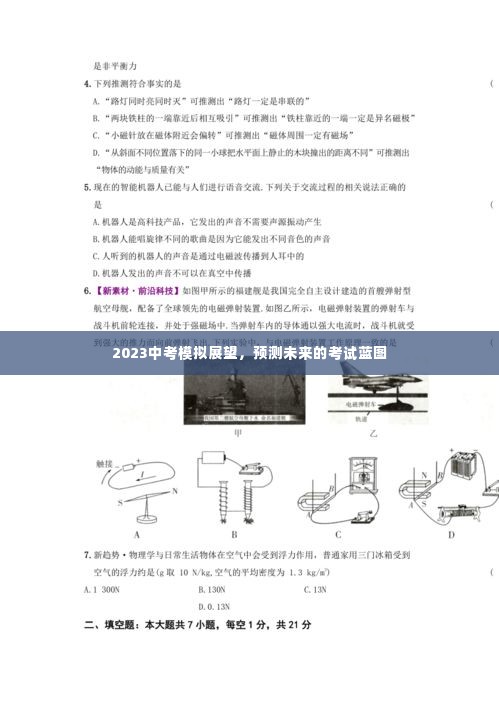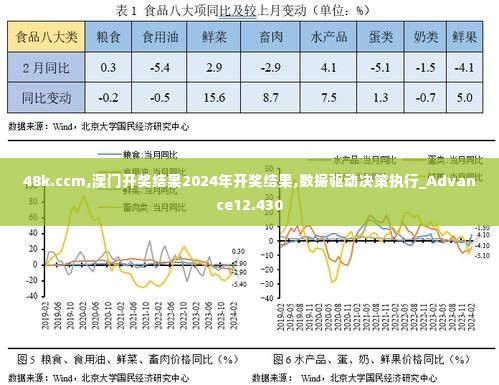Introduction to Continuous Improvement
In the ever-evolving world we live in, the concept of continuous improvement has become a cornerstone of success in various aspects of life, including business, education, and personal development. Continuous improvement, often referred to as Kaizen in Japanese, is the practice of making small, incremental changes over time to enhance processes, products, and services. This article explores the importance of continuous improvement and why it is essential for personal and organizational growth.
The Need for Continuous Improvement in Personal Development
Personal development is a lifelong journey that requires constant reflection and growth. Everyone has areas in their lives that can be improved, whether it's professional skills, health, or personal relationships. Here are a few reasons why continuous improvement is crucial in personal development:
Adaptability: The world is constantly changing, and being adaptable is key to success. Continuous improvement helps individuals stay current with new trends, technologies, and ideas.
Self-awareness: By regularly assessing one's strengths and weaknesses, individuals can identify areas for growth and develop a better understanding of themselves.
Resilience: Continuous improvement fosters resilience by teaching individuals to embrace challenges and learn from failures.
Leadership: Those who practice continuous improvement are often seen as leaders, as they inspire others to strive for excellence and make positive changes.
The Role of Continuous Improvement in Business
In the business world, continuous improvement is essential for staying competitive and meeting customer expectations. Here are some key reasons why businesses need to focus on continuous improvement:
Cost Reduction: By identifying inefficiencies and streamlining processes, businesses can reduce costs and improve profitability.
Quality Improvement: Continuous improvement ensures that products and services meet or exceed customer expectations, leading to higher customer satisfaction and loyalty.
Innovation: Encouraging a culture of continuous improvement can lead to innovative ideas and solutions that can give a business a competitive edge.
Employee Engagement: When employees are involved in the continuous improvement process, they feel more engaged and valued, leading to higher productivity and morale.
The Continuous Improvement Process
The continuous improvement process typically involves the following steps:
Identify the Problem: Recognize areas that need improvement, whether it's a process, product, or service.
Analyze the Problem: Gather data and analyze the root causes of the problem.
Develop Solutions: Brainstorm and evaluate potential solutions to address the problem.
Implement the Solution: Put the chosen solution into action.
Monitor and Review: Continuously monitor the results and review the process to ensure that the desired outcome is achieved.
Adjust and Repeat: If the outcome is not as expected, make adjustments and repeat the process.
Challenges and Overcoming Them
While the concept of continuous improvement is straightforward, implementing it can be challenging. Here are some common challenges and how to overcome them:
Lack of Commitment: Organizations and individuals must be committed to the process of continuous improvement. This can be fostered through leadership support, training, and clear communication of the benefits.
Resource Constraints: Limited resources can hinder the implementation of improvement initiatives. Prioritizing projects and seeking creative solutions can help overcome this challenge.
Resistance to Change: People are often resistant to change, especially when it affects their work. Effective change management strategies, such as involving employees in the process and addressing their concerns, can help mitigate resistance.
Measuring Success: It can be difficult to measure the success of continuous improvement initiatives. Using key performance indicators (KPIs) and regularly reviewing progress can help assess the effectiveness of the improvements.
The Future of Continuous Improvement
As technology
转载请注明来自天津锦麟商贸有限公司,本文标题:《都需要不断改善的英文:需要改进的地方和不足 英语 》












 蜀ICP备2022005971号-1
蜀ICP备2022005971号-1
还没有评论,来说两句吧...